DeepSeek comes amid lingering doubts about the reliability of artificial intelligence (AI), challenges to America's dominance of the technology map, and growing concerns about data access.
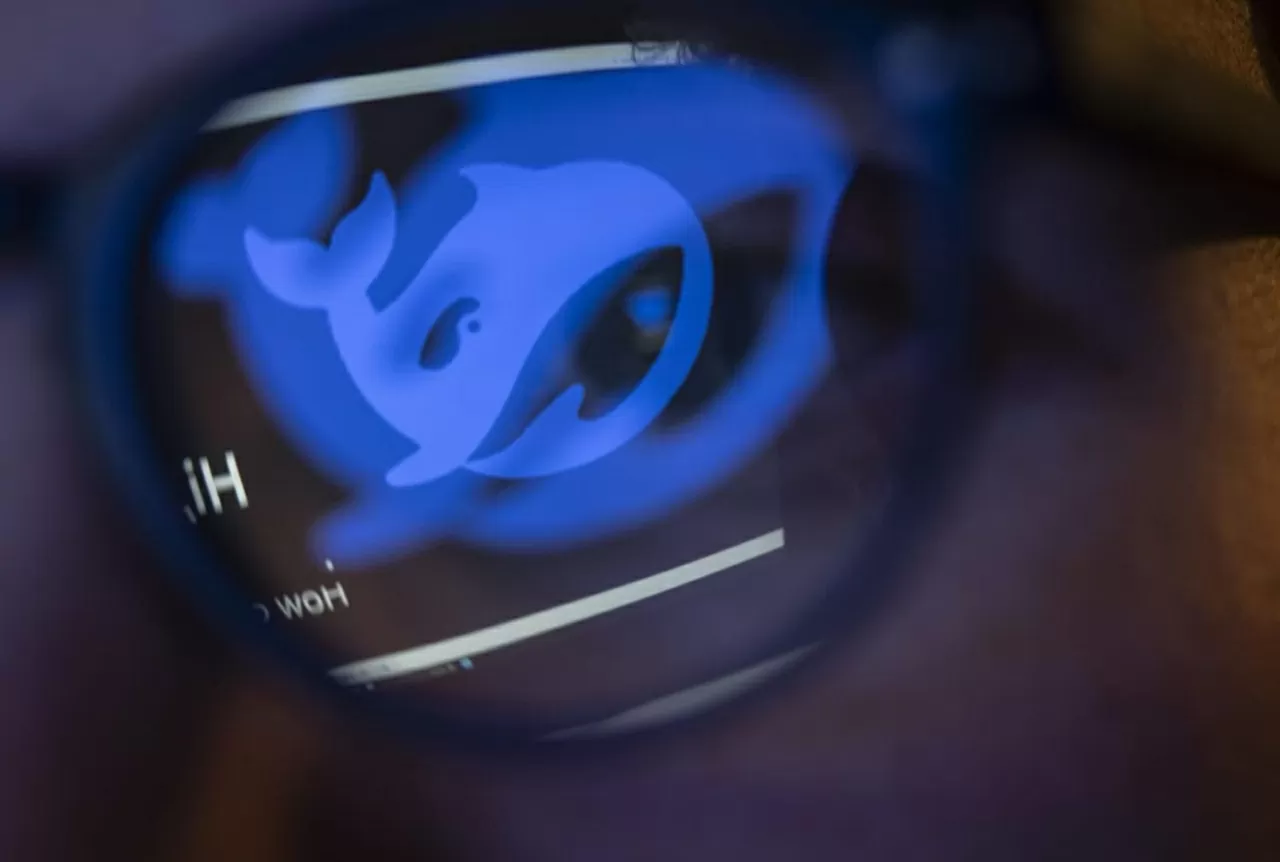 |
| DeepSeek creates an “earthquake” that changes the artificial intelligence (AI) front and the race between technology powers. (Source: Getty) |
In December 2024, the Chinese tech company released an open-source AI model called DeepSeek. In January 2025, the company officially provided a free chatbot to users and quickly topped the App Store rankings, being compared with GPT-4 - the latest version of the language modeling system developed by OpenAI.
But DeepSeek’s impact doesn’t stop there. In the early days of DeepSeek’s launch, chipmaker NVIDIA’s stock price plummeted. DeepSeek also cast doubt on many of the assumptions behind the AI industry’s strategies to date, as well as diplomatic competition.
AI is no longer a proprietary technology
DeepSeek’s emergence challenges America’s leadership in the AI industry, while undermining the argument that China can be contained by controlling its exports. These controls are also seen as an incentive for China to innovate and create comparable but cheaper models.
In addition, DeepSeek has raised questions about whether it is necessary to deploy huge and expensive data centers to operate AI, or whether the growing scale of AI companies does not match the scientific development of this industry. What is certain at the moment is that DeepSeek still has plenty of time to improve its performance.
DeepSeek and the social network Tiktok brought a real breakthrough by attracting a large number of Western users. The appearance of DeepSeek started a wave of Chinese AI model launches, with claims that their products are equivalent to those of American companies but many times more effective, at a more optimal cost. Notable models include Alibaba's Qwen 2.5, ByteDance's Doubao-1.5-pro, and Moonshot AI's Kimi k1.5.
In particular, the DeepSeek V3 version uses open source, accessible and replicable code, so that independent versions of the model can be established to minimize concerns about data security. This will promote new models, expanding development opportunities to potential countries.
Open source software creating new value is a major turning point and could be a significant opportunity for the Asian region. Indonesia and India have announced a partnership (through AIonOS and Indosat) to establish an AI center leveraging DeepSeek models. India’s upcoming AI computing facility will use DeepSeek models on local servers to address concerns around data control.
Consumers and businesses are demanding that AI models with practical capabilities be deployed as soon as possible. Washington is developing AI in its own way, failing to meet the needs of most countries in the world, according to Kat Duffy, a member of the Council on Foreign Relations (CFR). Open-source models like DeepSeek, which meet the above needs of consumers and businesses, will rebuild the AI market instead of adding to challenges such as climate change or governance stability.
The relationship between technology companies and government
Another relatively prominent issue is the need for separation between corporations and governments to avoid conflicts of interest and privacy and national security risks. This is also one of the reasons for legitimate national security concerns regarding data collection and sharing by Chinese companies, including Tiktok and DeepSeek.
In the new term of US President Donald Trump, people are asking for the first time whether there is still a separation between business and government as big technology companies are deeply involved in policy decisions. In particular, the role of billionaire Elon Musk has attracted attention with his participation in politics, heavy investment in the field of AI and his connection to China.
DeepSeek and the Future of AI
The birth of DeepSeek shows us how the industry is focusing its resources on large language models (LLMs) that can generate and classify text, rather than developing other forms of AI, potentially worth trillions of dollars.
Many believe that generative AI is reaching its limits, predicting that the value of this field will decline sharply. Meta's chief AI scientist Yann Lecun believes that within 3-5 years, large language models will gradually be replaced by other AI models, overcoming the limitations of current AI models.
DeepSeek has a different organizational structure than many Silicon Valley companies. The company is fully funded by High-Flyer, a leading Chinese quantitative investment fund, is valued at $8 billion, and has no plans to raise outside capital. DeepSeek founder and CEO Luong Van Phong said that OpenAI’s strategy of keeping its source code secret has not prevented other companies from catching up.
The emergence of DeepSeek and its successors has completely changed the current AI industry landscape. Although the issues of information reliability and AI hallucination have not yet been resolved, we can expect continued improvement of existing models, especially with open source models like DeepSeek.
DeepSeek also ushers in a new era of more data concerns and more fights for technological dominance, impacting global markets and geopolitical upheaval.
Source























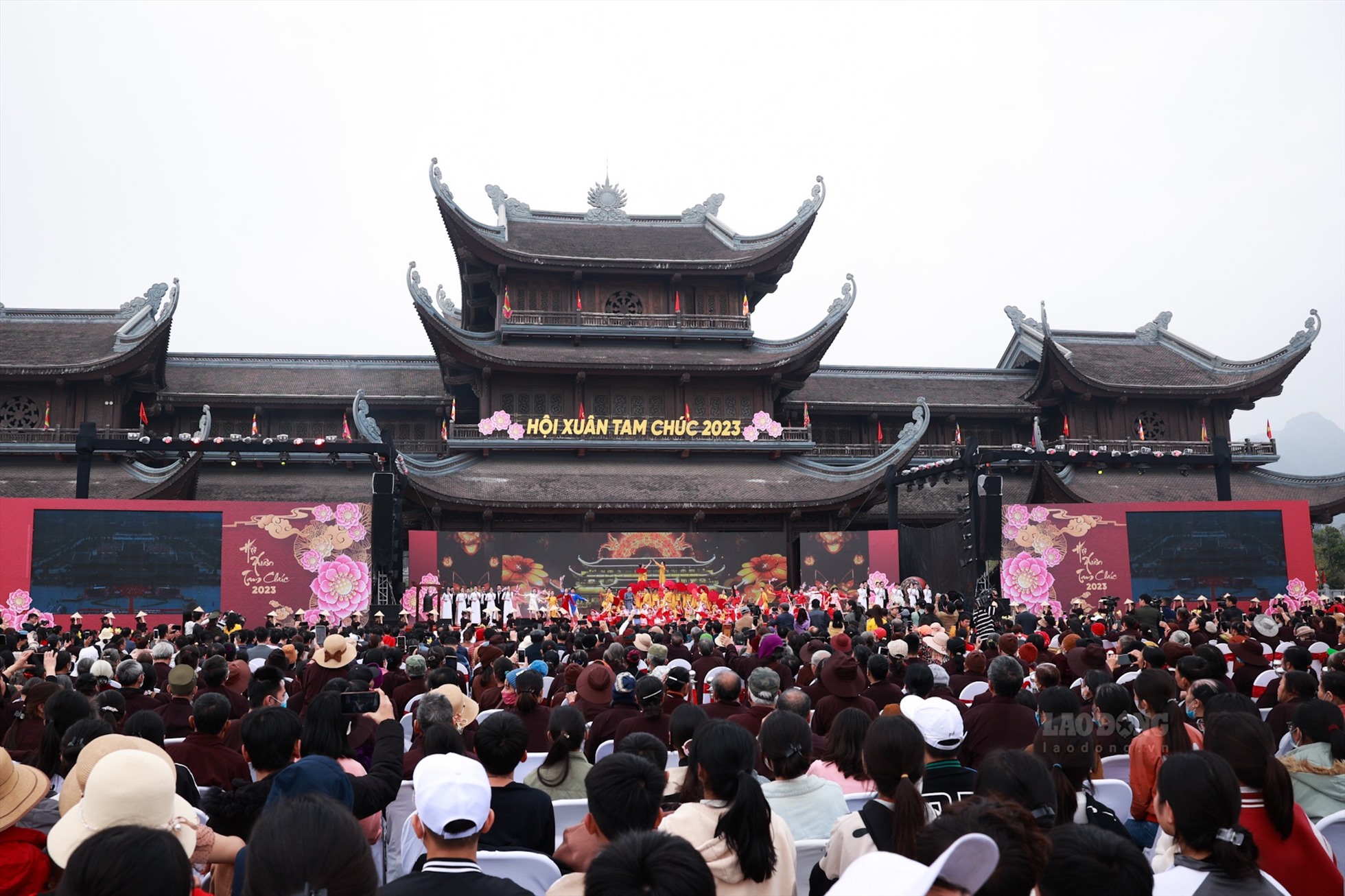












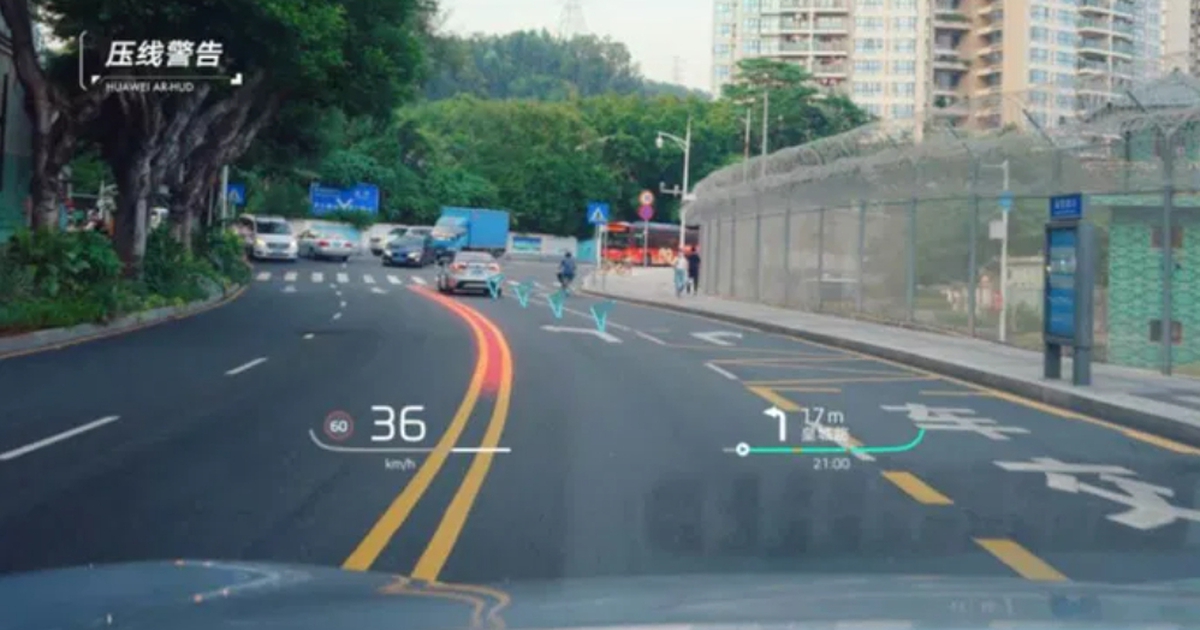

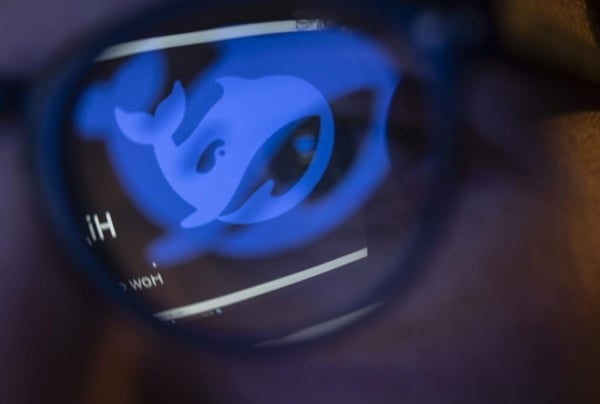
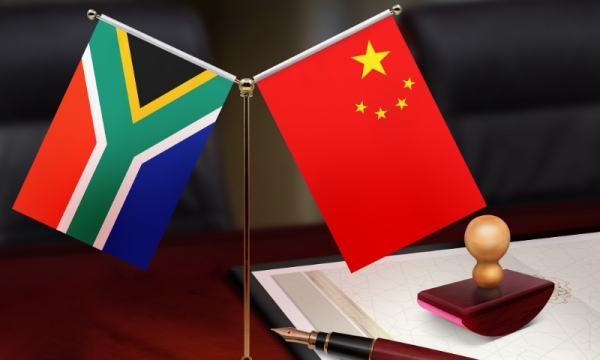





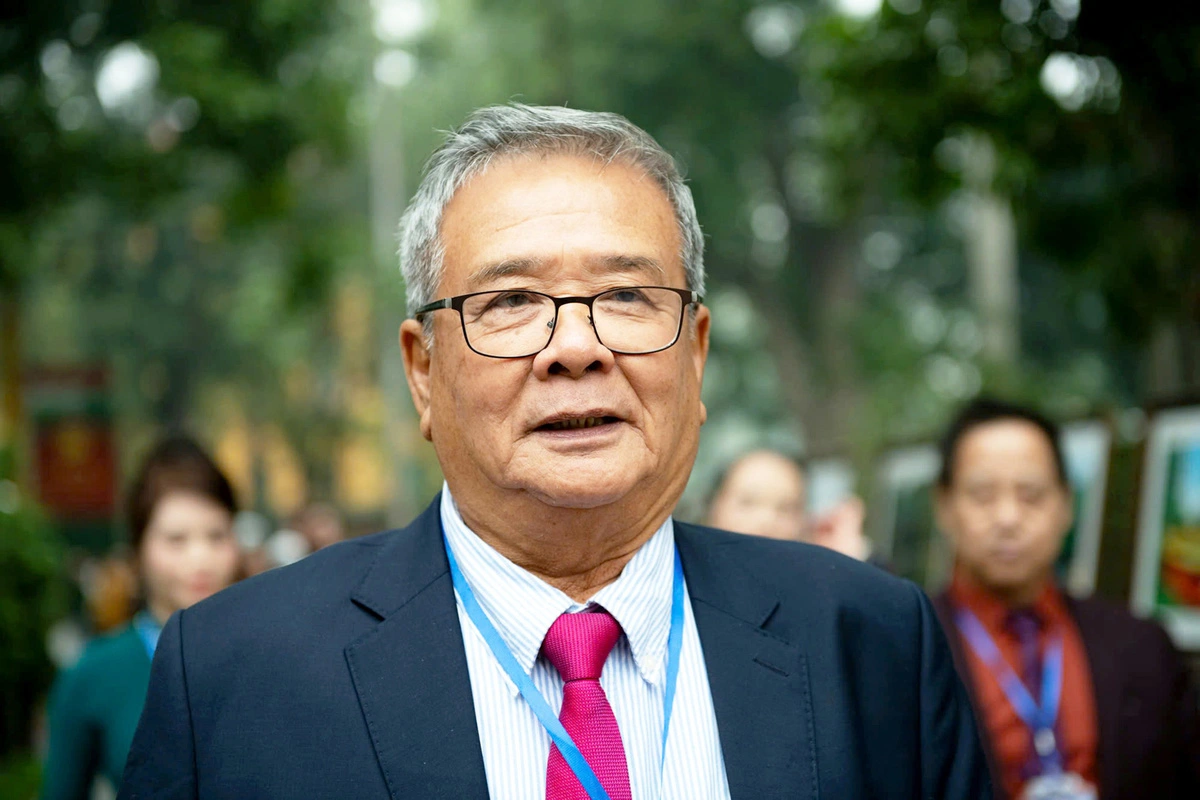




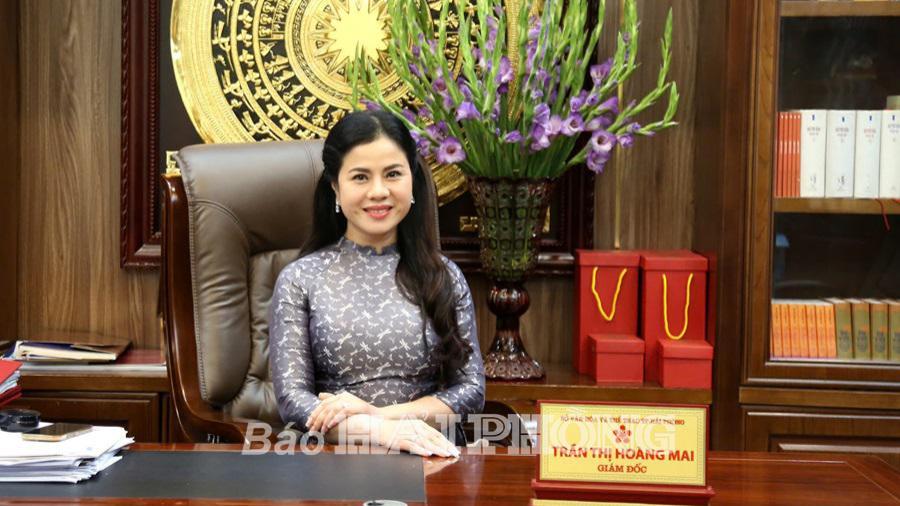







Comment (0)